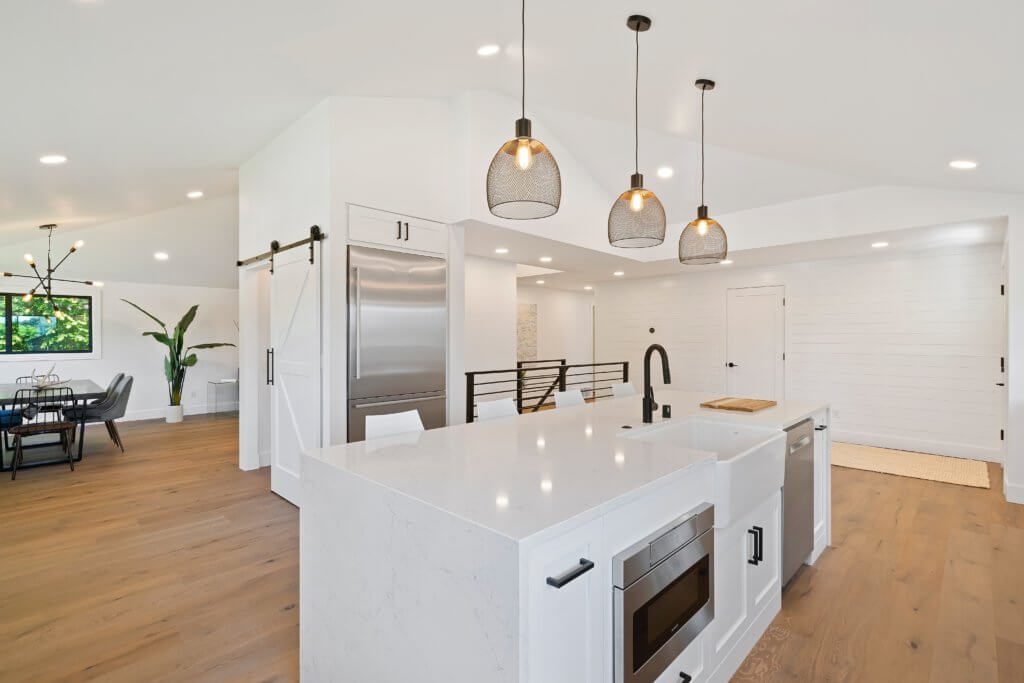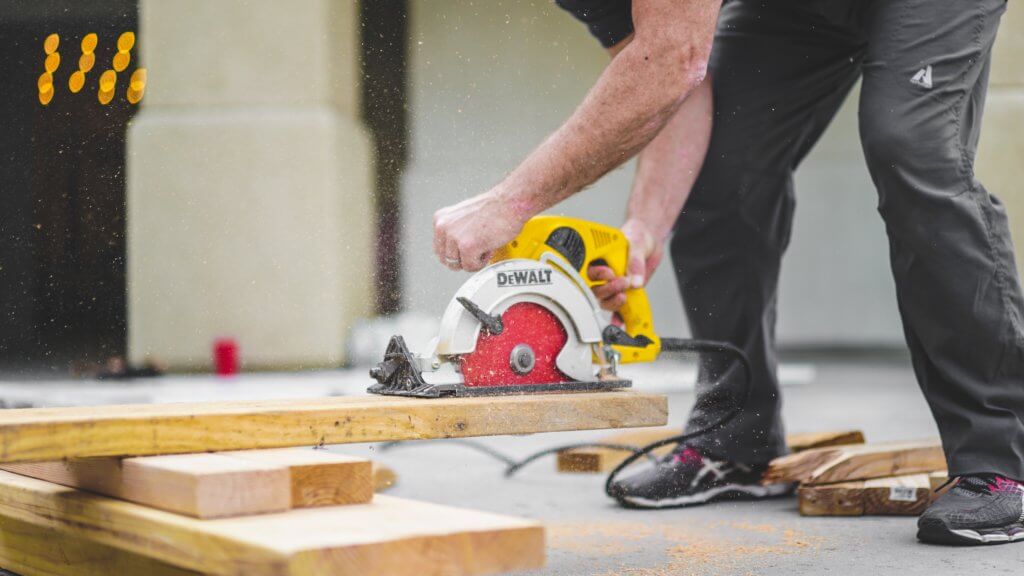Each time you make a change to a rental property, you need to determine whether it is a repair or an improvement. While the terms may seem synonymous, they have a big difference when it comes to tax deductions for landlords and investors. Repairs are deducted in the year you made them, while improvements are depreciated over a set of years, meaning that you don’t get the tax break all at once. Here’s how to know whether a fix qualifies as a repair or an improvement, so you can file your taxes correctly.
Improvements
Improvements are updates to your property that add value over the long term. Rather than short-term fixes or cosmetic updates, improvements enhance the useful life of the property not just in the here and now, but for years to come. To give a few examples, the IRS classifies the following projects as improvements:
- Bathroom renovation
- Kitchen renovation
- Roof replacement
- New HVAC system
To decide whether something is an improvement, think of BAR, an acronym that stands for betterment, adaptation, and restoration. If you are restoring something (like the HVAC system), adapting something to a new purpose (such as a deck addition), or bettering rental properties with a bathroom renovation, you’re engaging in improvements.
Repairs
Repairs are jobs that keep the property in good condition but do not necessarily add value. Repairs are self-explanatory most of the time, as you are fixing something to working condition, but to give a few examples, the IRS considers the following to be repairs:
- Replacing broken tiles (retiling the entire floor is an improvement)
- Fixing a running toilet
- Steam cleaning hallway carpet
- Replacing rotted planks on a deck
The IRS maintains a list of projects that count as repairs versus those that must be taken as improvements in Publication 527. If you’re confused over how to classify something, there’s a good chance that Publication 527 spells it out for you. If you’re still not sure whether something should be a repair or an improvement, speak with a CPA who understands investment real estate. Ultimately, most landlords end up making both improvements and repairs, for a satisfying blend of long-term and immediate tax deductions.
How to Deduct Repairs and Improvements
Repairs are straightforward to deduct, as you may take the entire amount of the repair in one year–and potentially save lots of money. Simply calculate the sum of all the repairs you wish to claim, both for materials as well as for labor.
Note that you cannot pay yourself labor fees for any repair work you did on your own, so if you fixed a leaking toilet you can claim any materials but not the cost of your time. If you hire a plumber, you’ll pay for their labor and their parts.
With improvements, you’ll still want to gather any receipts and you’ll follow the same rule regarding your labor (it’s not deductible). Given that an improvement adds to the value over the long-term, you’ll need to perform rental property improvements depreciation.
Take an example depreciation period of 10 years for a bathroom remodel which assumes that the asset expires at the end of 10 years (i.e. the bathroom needs to be redone again). If the bathroom remodel cost $10,000, you could deduct this over a 10-year rental property improvement depreciation period at $1,000 per year. You must classify your work correctly both to save money with tax deductions and avoid trouble with the IRS.
If you need capital to finance home repairs or remodels, or to purchase a new investment property, look to Sherman Bridge. We provide easy access to low rates and fast, simple approvals to provide you with the funding you need when you need it.


